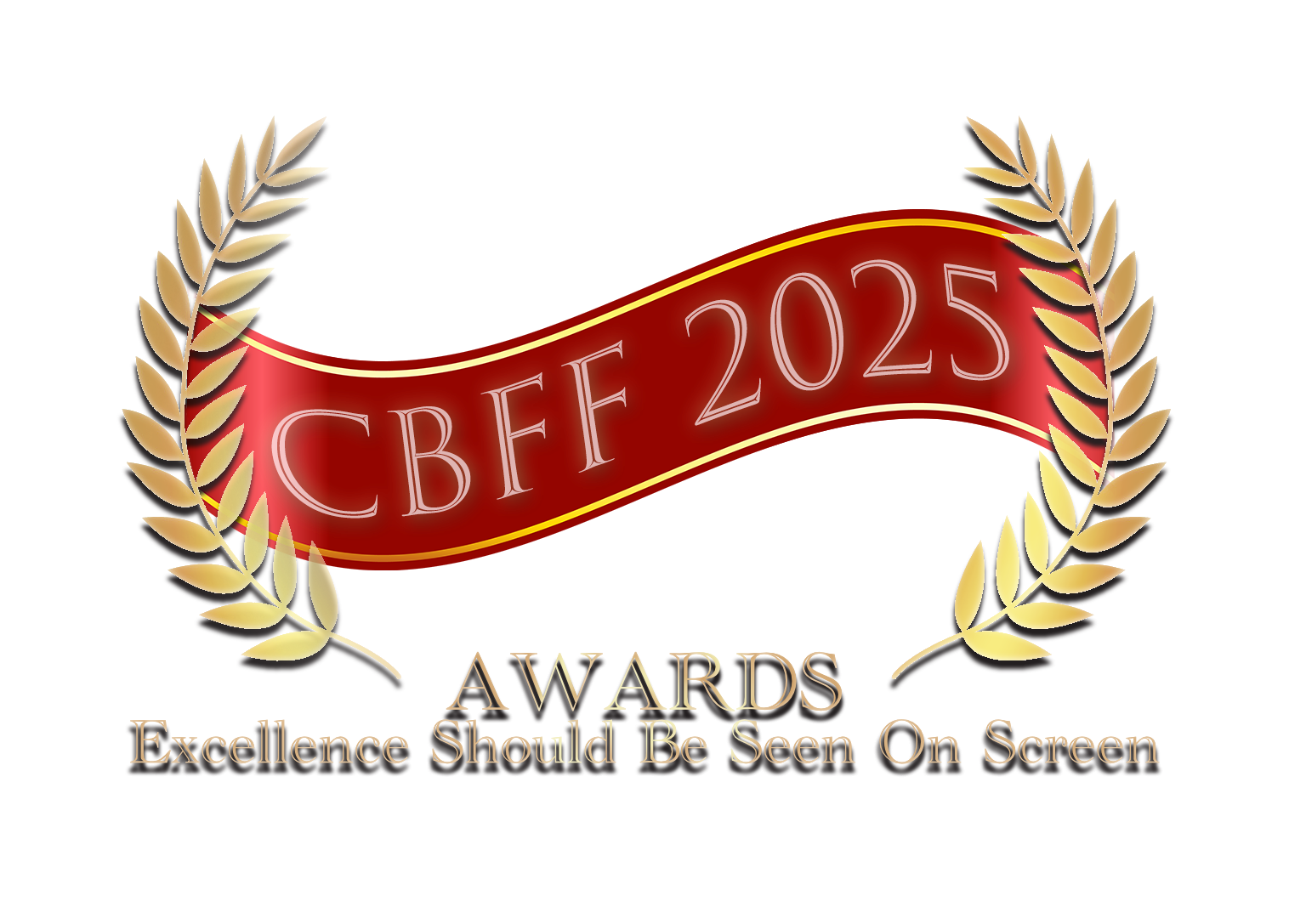Ice Breath is an experimental, 43-minute black-and-white movie by photographer and filmmaker Leonard Alecu, dedicated to the melting icebergs off the eastern coast of Greenland. Climate change and human hubris lie at the core of this movie, which transgresses genres. Cloaked as a documentary, Ice Breath is a filmed essay on appearing and perishing, on becoming and decaying, on extinction and genesis. It is a thoroughly factual documentation of the melting icebergs, paired with an entirely transcendental quest. The film is a parable of life's fragility, against the backdrop of which develops the unending aspiration for absolute perfection. Leonard Alecu has a master's degree in microelectronics. Later, he radically turned toward photography, drawing inspiration from the grand American tradition of black-and-white photography associated with the School of Edward Weston. His experiments in conceiving methods, procedures, and photo instruments brought him closer to the need to document, on film, the sophisticated protocols of his photographic output. His exclusive choice of black-and-white photography and cinematography matches the unique subject of his campaigns - the extreme North. At first, it was Iceland, and starting in 2015 until 2024, Leonard Alecu was literally absorbed by the dramatic, although apparently monotonous, seascape off the coast of Greenland. More than the photography, the film reached the kernel of the lived experience of the extreme North: a breathtaking revelation of the enormous icebergs drifting around, slowly melting as if in a sublime cemetery of frozen giants. Ultimate beauty is a token of loss. Leonard Alecu is not a filmmaker interested in landscapes. His target is beyond the visible surroundings. There is an inchoate narrative in Leonard Alecu's movie. Ice Breath introduces each and every iceberg portrayed in the film as "dramatis personae", an individual character, exploring for a minute its traits, its moves and moods, and the distinctive way it confronts the ocean, the skies, and the fog. The mesmerizing choreography of the dying, icy bodies led Leonard Alecu to engage in a dangerous, next-level relationship with his chosen subject matter: he started to film the icebergs as close as possible, without drones, from the small boat piloted by Inuit hunters, in the proximity of the rapidly splitting ice masses. Leonard Alecu literally dances with the lethal icebergs. This choice introduced another, almost invisible, character in the movie - the author himself, whose eye and camera are the actual subjects interfering in the final ballet of the icebergs. The author's awe in front of his chosen characters is the proper, dramatic substance of the film and turns it into the rendering of a daring performance in the tricky waters of the Arctic Ocean. However, there is nothing of an extreme sport in Ice Breath. Instead, although every minute of the cinematic poem is a lived performance, the visual effect is dreamy and otherworldly, as if a trip inside a thoroughly metaphysical perception of reality. The cumulative effect of the close-up footage conveys to the audience the sense of a slow, eternal flow of extinction and genesis. The hypnotic effect is amplified by the soundtrack Become Ocean by John Luther Adams (Pulitzer Prize, 2014; Grammy Award, 2015, for classical composition). Music and film perfectly fit each other in conveying an existential voyage in a loop, from genesis to extinction. Alluding, ecstatic, and mystical, Alecu's sharp and uncompromising black-and-white Ice Breath retrieves genesis out of extinction, as joy and sorrow ooze from his epidermic approach to the dying ice giants. Erwin Kessler
